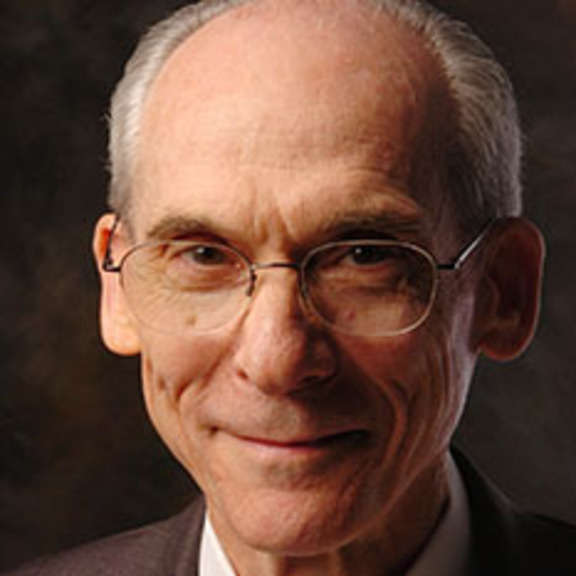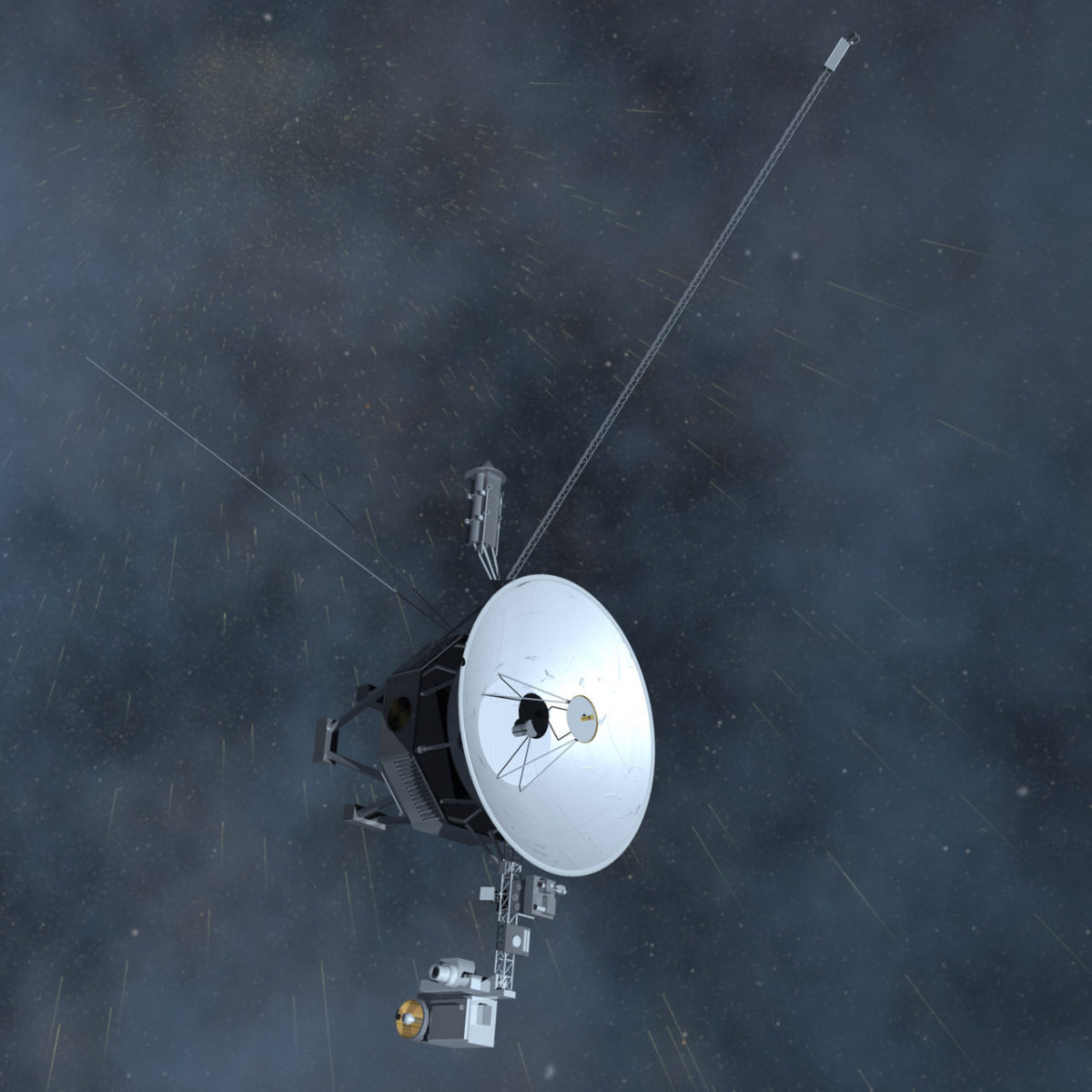Planetary Radio • Aug 16, 2017
Ed Stone and Forty Years of Voyager in Space
On This Episode

Ed Stone
Voyager Project Scientist and David Morrisoe Professor of Physics for California Institute of Technology
It is most space fans’ favorite planetary science mission, and with good reason. We visit with the man who has been in charge of Voyager mission science for more than four decades. You’ve got an extra week to enter the space trivia contest, part of this week’s What’s Up segment with Bruce Betts and Mat Kaplan.


Related Links:
- The Voyager Interstellar Mission
- “The Farthest: Voyager in Space” documentary
- The 2017 North American Total Solar Eclipse
- Southern Illinois University Carbondale Eclipse Website
- Chop Shop Planetary Society Store
This week's prizes are the brand new Chop Shop-designed Planetary Radio t-shirt and a 200-point iTelescope.net astronomy account.
This week's question:
What is the funny word used when three celestial bodies are lined up, as in an eclipse? It’s not “stooges.”
To submit your answer:
Complete the contest entry form at http://planetary.org/radiocontest or write to us at [email protected] no later than Wednesday, August 30th at 8am Pacific Time. Note the special deadline! Be sure to include your name and mailing address.
Last week's question:
When is the next total solar eclipse on Earth after the one on August 21, 2017?
Answer:
The answer will be revealed next week.
Question from the week before:
Just before totality in a solar eclipse, the sun is blocked except for sunlight streaming through lunar valleys along the limb. Who are these brief, bright “beads” of light named after?
Answer:
“Baily’s Beads” are named for British astronomer Francis Baily who observed and explained them in 1836.


 Explore Worlds
Explore Worlds Find Life
Find Life Defend Earth
Defend Earth



